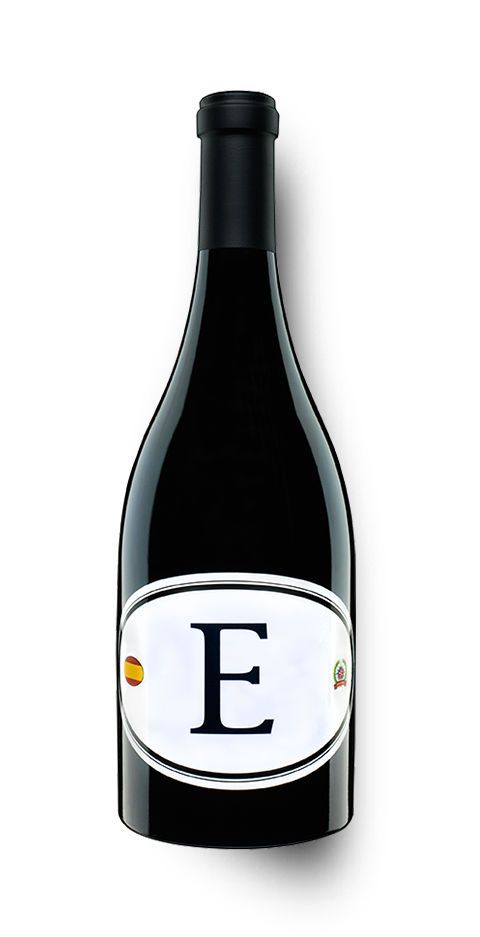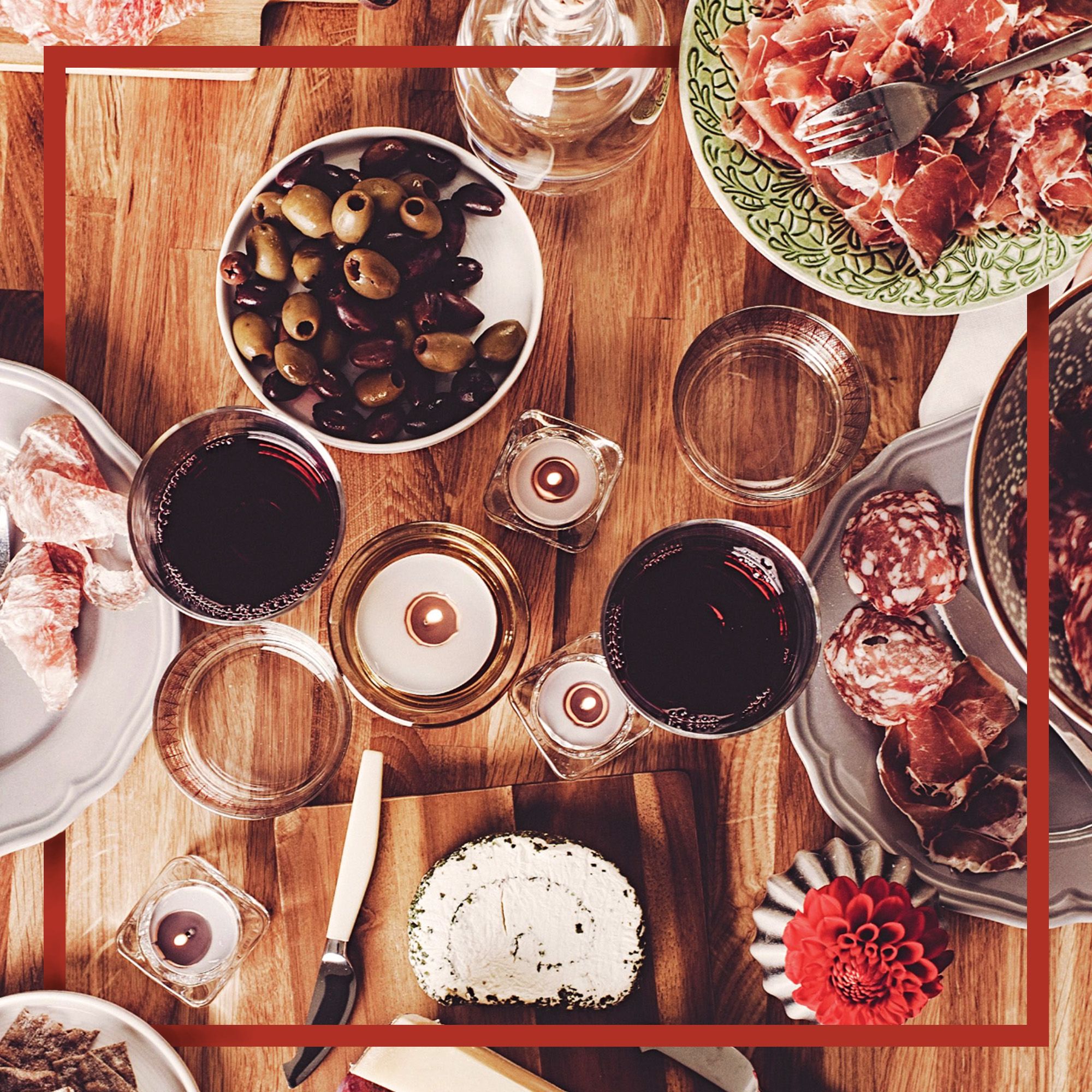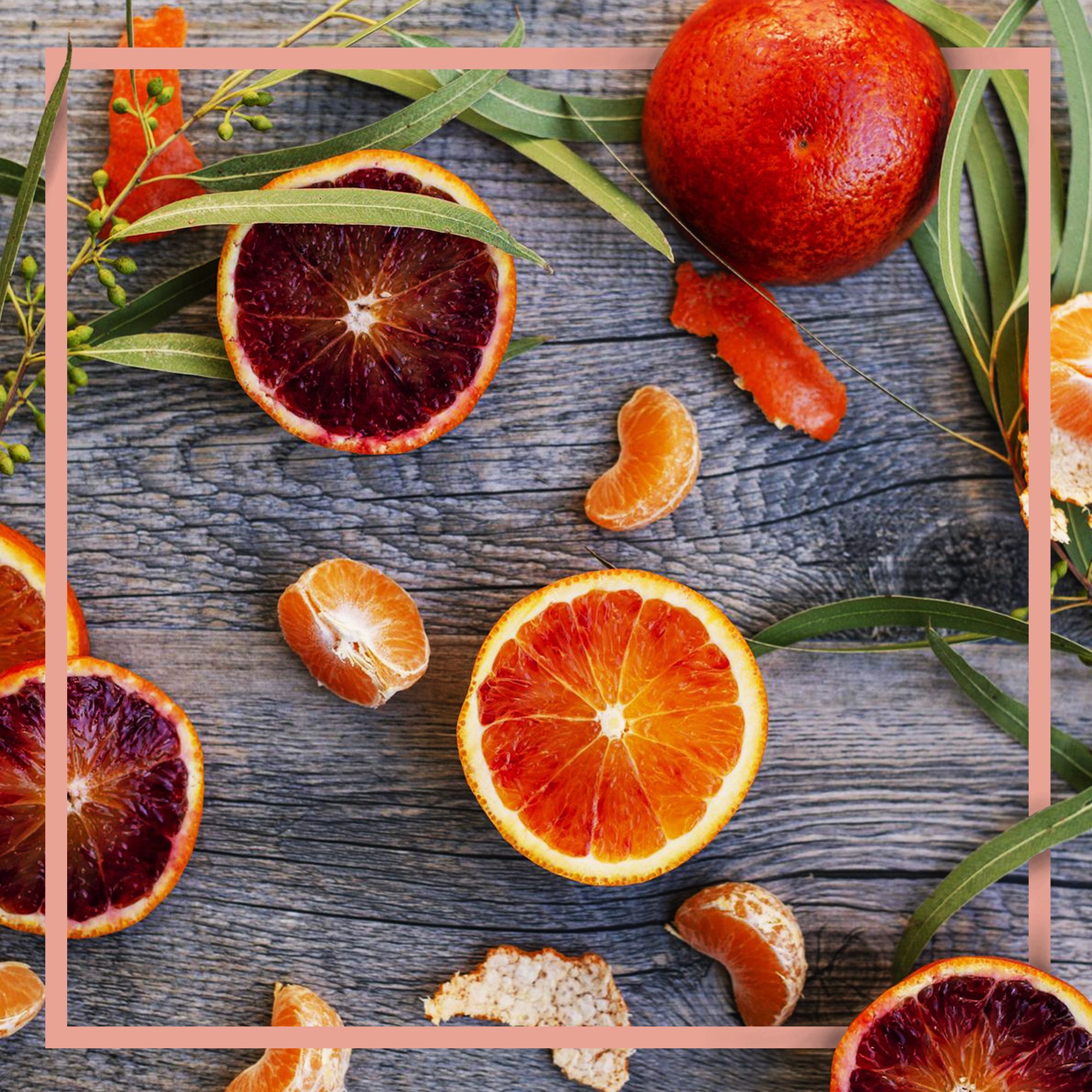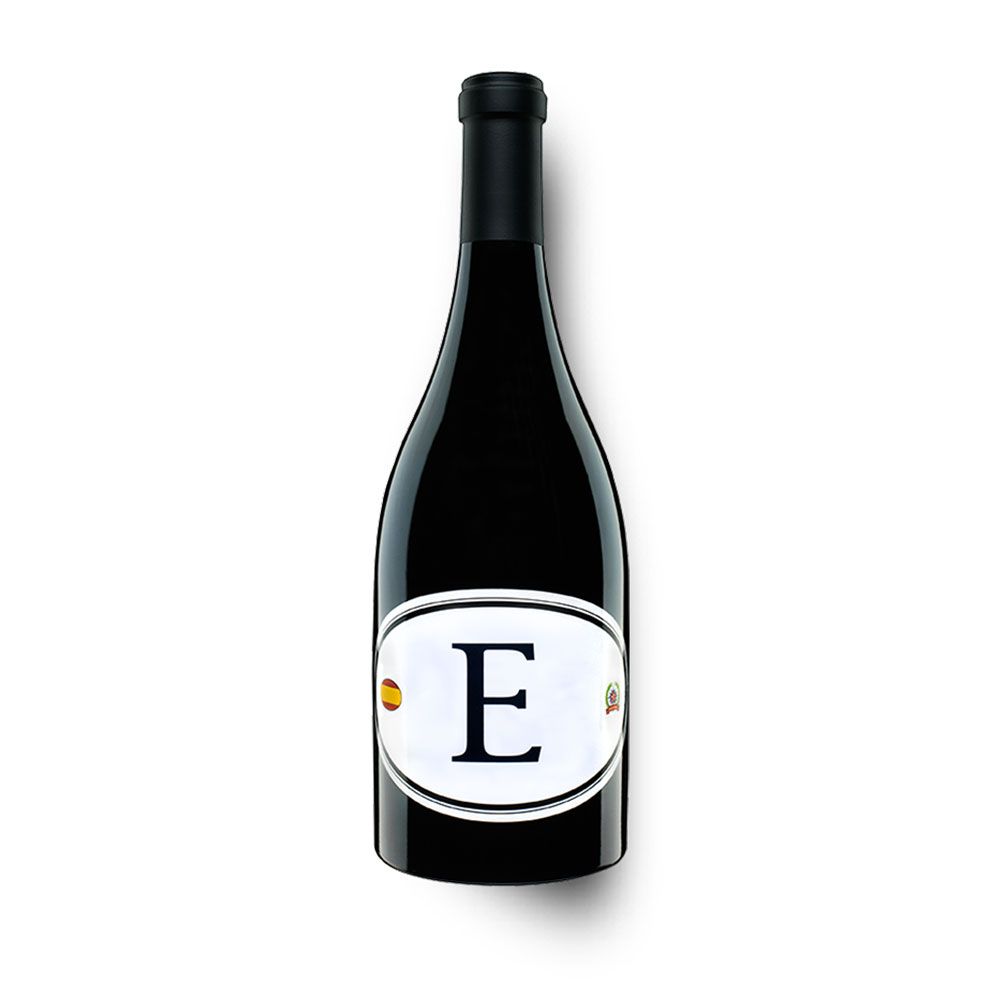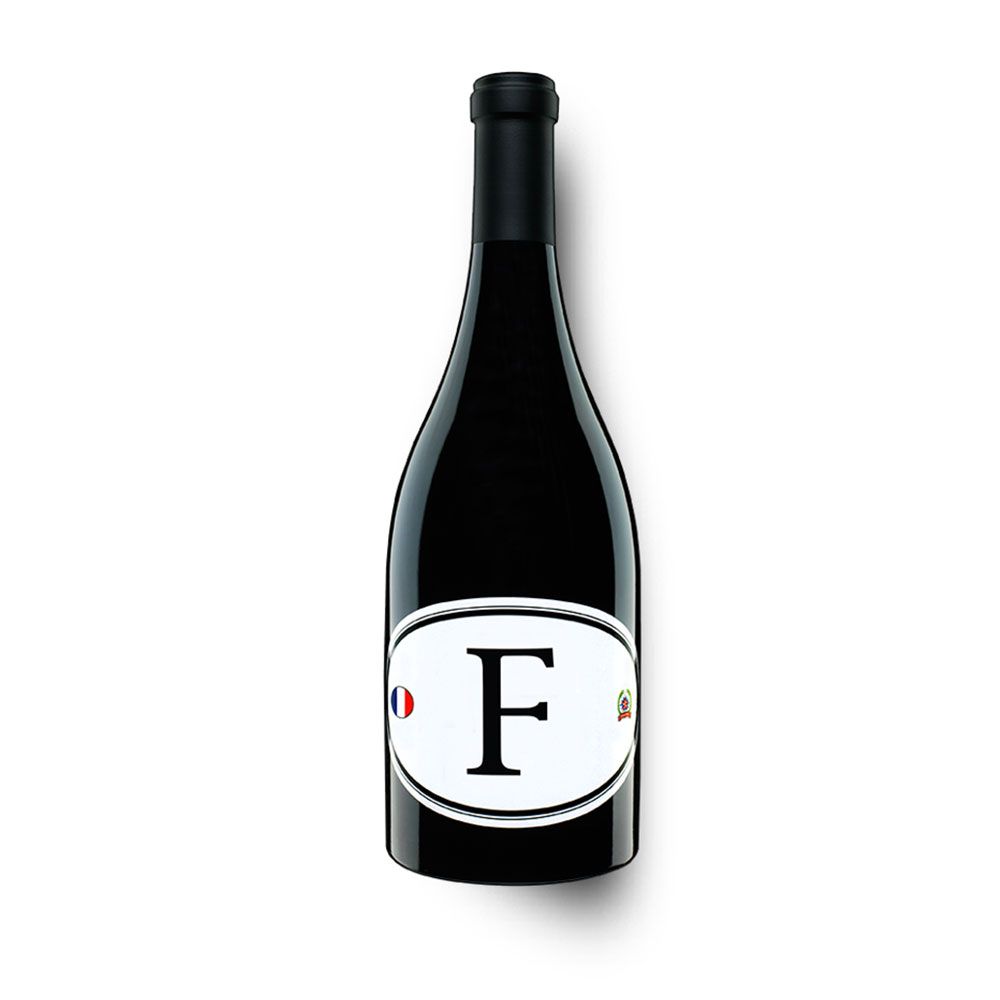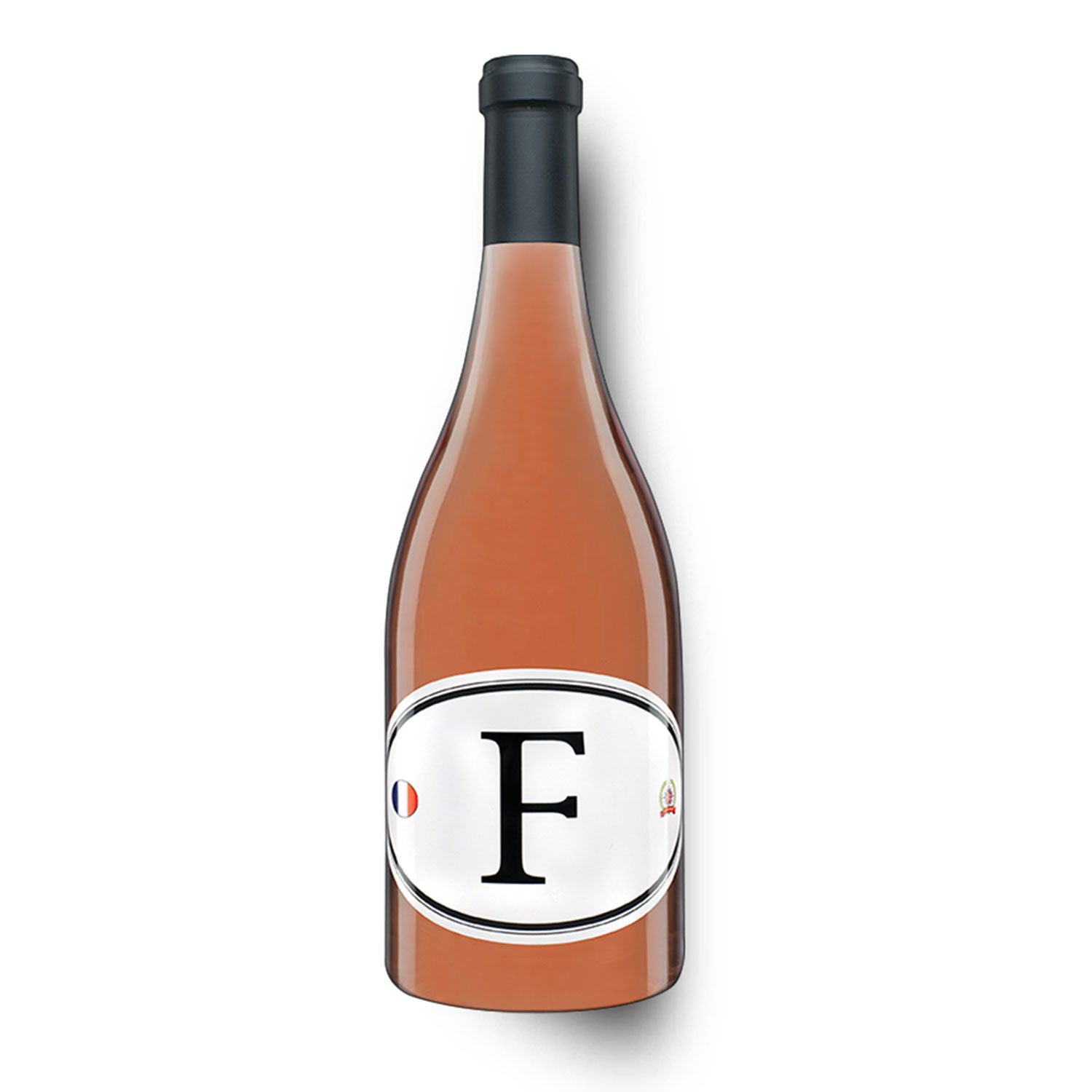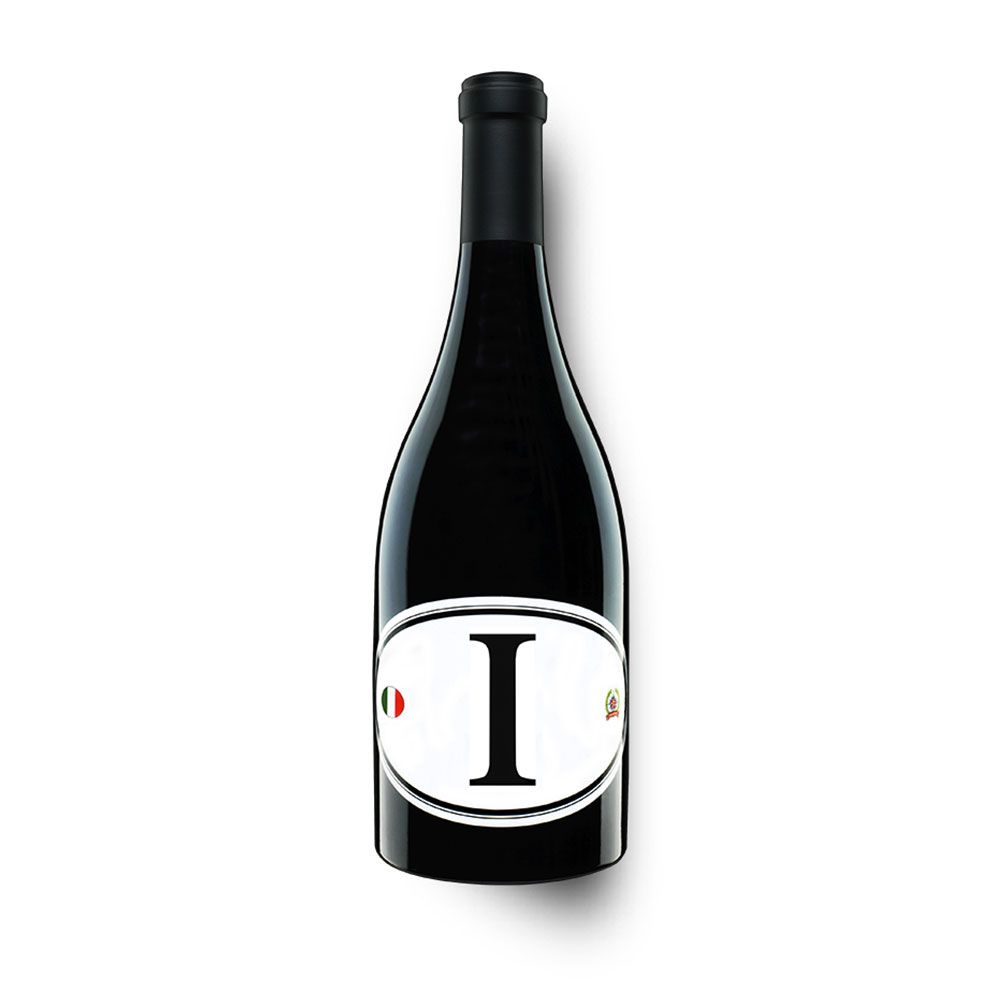Hosting a memorable dinner party is about more than just serving up a few select dishes. At the core, it’s about delighting your guests in a full sensory experience, transporting them to another place by virtue of sight, smell, taste, sound, and touch.
If you really want to impress, introduce them to the cuisine and customs of another culture. Spanish traditions lend themselves perfectly to a dinner party; meals in Spain are as much about spending quality time with friends and family as they are about enjoying delicious foods. By serving up a tapas-style dinner, you’ll delight your guests with a variety of delectable bites while creating an intimate, comfortable setting where everyone can linger at the table long after the meal has ended.
The brininess of olives, the earthy aroma of cured meats, and the complex pairings of robust wines—these flavors, combined with fresh ingredients and vibrant conversation, are the essence of what makes a Spanish meal so special.
And while no dinner party would be complete without lively conversation, the Spanish have elevated socializing into an art form. It’s not uncommon for meals to last several hours, with anything under two being quite rare.
Here, what to eat and drink to recreate the type of dinner party you’d encounter in the heart of Spain, no matter where you live.
No Spanish meal is complete without a thoughtful wine pairing. Complement your feast with a glass of full-bodied red, which is perfect alongside the savory flavors of meats and cheeses.
For a taste of all that Spanish wine has to offer, serve the Spanish Red Blend from Locations Wine. The blend of grapes from across Spain—including the regions of Priorat and Rioja—create an opulent flamenco of spice and ripe plum with a luscious finish.
Spanish wines also provide the perfect base for a dinner cocktail. Mix a light and refreshing tinto de verano by blending a Spanish red with lemon soda and serving over ice.
One thing that makes meals in Spain unique is the variety of the menu, and there’s no easier way to taste a bunch of dishes than through a creative and robust tapas menu. Greet guests with a platter of imported jamón ibérico, cecina, anchovy-stuffed green olives, Manchego cheese, and marcona almonds.
Add a few slices of a crusty baguette, olive oil—which is used as an accompaniment in almost every traditional Spanish dish—and a smattering of aioli. And, of course, keep the wine flowing.
Paella is the principal dish of a Spanish feast. While it’s normally cooked in a wide, shallow pan over an open flame, you can improvise with whatever pot or pan you have on hand—just be sure to use a medium grain rice and fresh seafood and vegetables.
A less labor intensive (yet equally traditional) alternative is a golden roasted chicken with a side of mellow padron peppers and patatas bravas, a Spanish staple comprised of crisp fried potatoes topped with a subtly spicy paprika sauce.
If any of your guests are vegetarian, an excellent option is a Spanish potato and onion tortilla; not to be confused with a breakfast omelette, this hearty version is traditionally served as an entree during meal times.
Before dinner draws to a close, delight your guests with something sweet. A refreshing orange sorbet is the perfectly clean ending to cut through the decadence of your meal. Valencia oranges are known worldwide for their unmistakably sweet citrus flavor. The secret to this sorbet, however, is in the presentation; after squeezing fresh-pressed Valencia orange juice and churning it into a smooth frozen treat, serve it the traditional way: inside hollowed orange skins—a playful detail that will undoubtedly thrill your guests.
Crucially, don’t overlook the most important element of a Spanish meal: sobremesa, or the custom of lingering at the table well after a meal has finished. Sipping wine or coffee long after the plates have been cleared is what defines a typical Spanish dinner—and no stateside recreation would be complete without it.
Shop More International Wines
SHOP HERE
SHOP HERE
SHOP HERE
SHOP HERE
Source: Read Full Article


